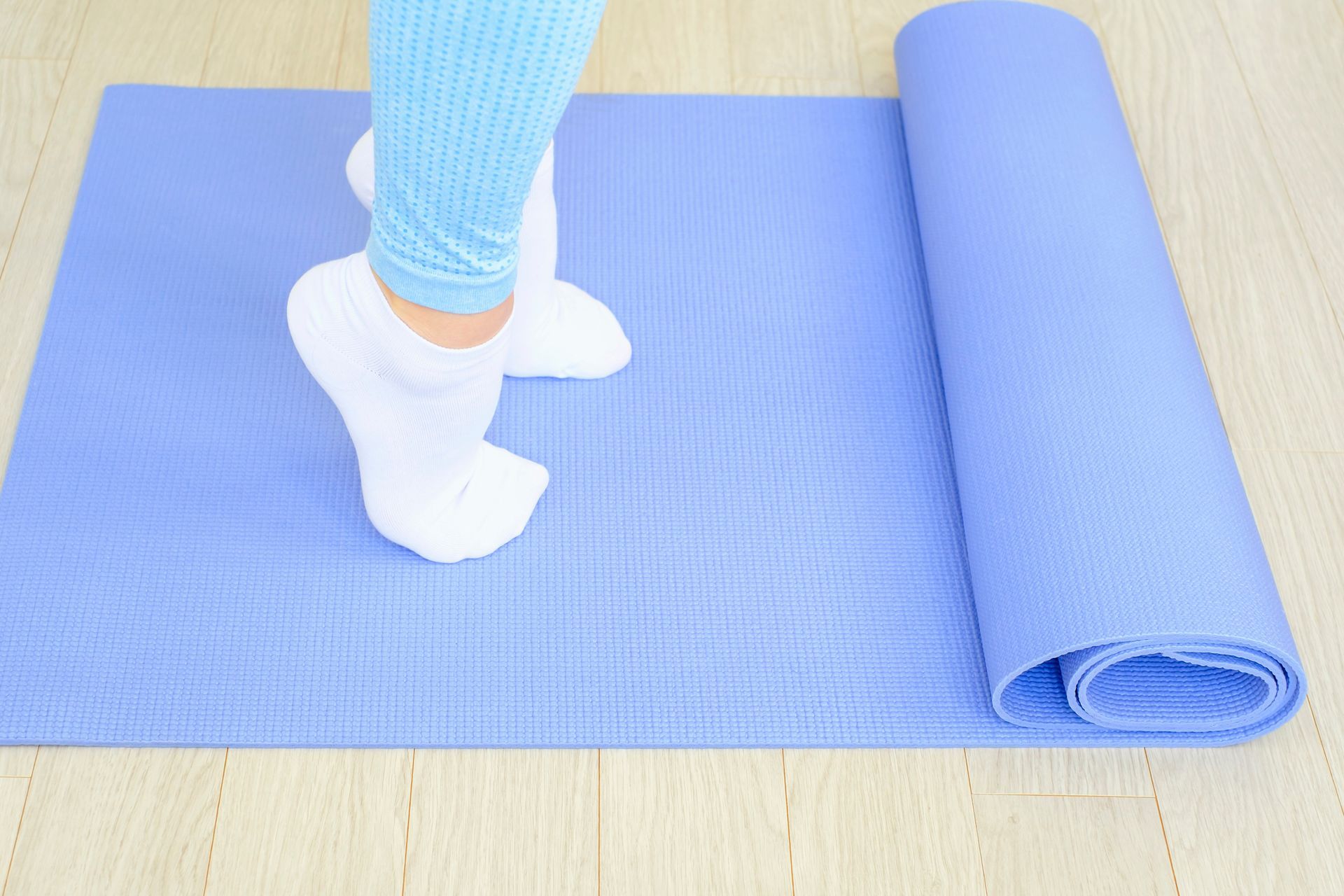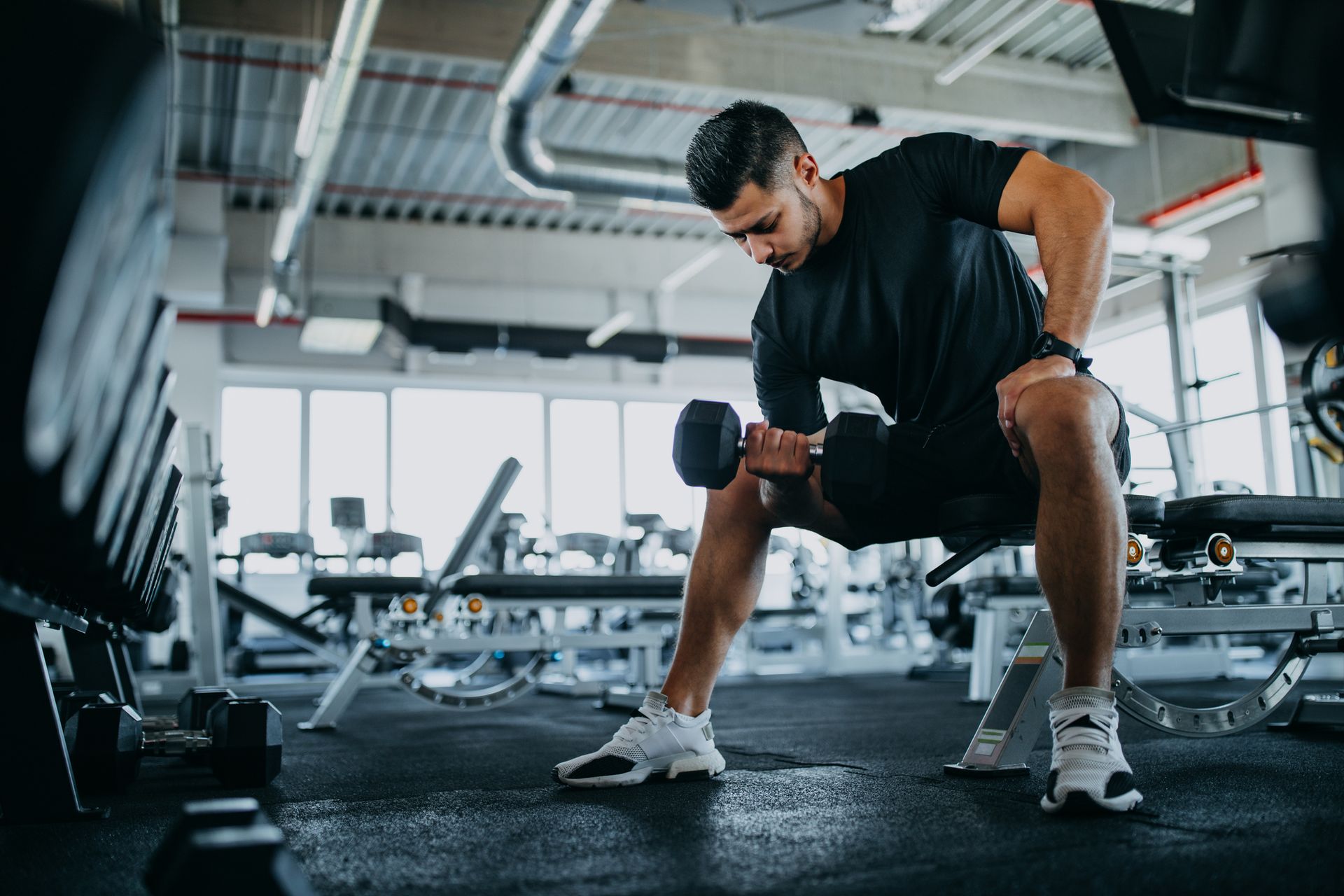February 13, 2023
How To Train Calves
Stubborn calves? Read this article for Nashville personal trainer, Jim Cipriani’s go-to calf-growth guide!

Calves, the muscles located on the back of the lower leg, are a common problem area for many people.
The calf muscles, specifically the gastrocnemius and soleus muscles, are important for movements such as walking, running, and jumping.
However, they are often neglected in training routines and can appear underdeveloped compared to other muscle groups.
In this article, we will take a closer look at the anatomy of the calf muscles and provide tips on how to train them effectively.
Whether you're a beginner or an experienced athlete, understanding the anatomy and proper technique for training your calves can help you achieve the desired results and improve your overall performance.
This article will provide the reader with a comprehensive understanding of the calf muscles and how to train them effectively.
Calves Anatomy
In order to understand how to train calves effectively, it is important to be familiar with the anatomy of the calf muscles.
Understanding the different components of the calf muscles and how they work together can help you design a training program that targets the muscles effectively and achieve your desired results.
Additionally, understanding the anatomy can also help you identify and correct any imbalances or weaknesses in your calf muscles.
It's important to note that calf muscles are composed of multiple muscle heads and tendons, and each of them has different functions and responds differently to different types of exercises and loads.
Let’s learn, shall we?
Soleus
The soleus muscle is a muscle located in the calf region of the leg. It is located underneath the gastrocnemius muscle and is responsible for plantar flexion, which is the movement of pointing the toes.
The soleus muscle is a postural muscle and plays a vital role in maintaining balance, stability, and proper alignment while standing, walking, and running.
It also helps with shock absorption and the ability to maintain static positions.
The soleus muscle is a slow-twitch muscle, meaning that it is well-suited for endurance activities, and it can sustain contractions for an extended period of time.
It's important to note that the soleus muscle is activated more when the knee is in a flexed position.
This means that exercises such as seated calf raises are effective for targeting the soleus muscle.
Gastrocnemius
The gastrocnemius muscle is a muscle located in the calf region of the leg. It is the larger of the two calf muscles and is responsible for the visible "bulge" in the calf.
The gastrocnemius muscle is a biarticular muscle, meaning it crosses both the knee and ankle joints.
It is responsible for plantar flexion, the movement of pointing the toes, as well as knee flexion.
It's an important muscle in activities such as walking, running, jumping, and other explosive movements.
It's also a fast-twitch muscle, meaning that it is well-suited for high-intensity and short-duration activities.
It's important to note that the gastrocnemius muscle is activated more when the knee is in an extended position.
This means that exercises such as standing calf raises, calf press on the leg press machine, and jump training are effective for targeting the gastrocnemius muscle.
Top 3 Calf Exercises
Alright, to summarize, we just learned that the calf muscles are made up of two main muscles: the gastrocnemius and the soleus.
The gastrocnemius muscle is the larger of the two, located on the back of the lower leg, and responsible for plantar flexion and knee flexion.
It's a fast-twitch muscle, meaning that it is well-suited for high-intensity and short-duration activities.
On the other hand, the soleus muscle is located underneath the gastrocnemius and is responsible for plantar flexion, and it's a postural muscle also a slow-twitch muscle well-suited for endurance activities.
The soleus is best stimulated when the knee is flexed, while the gastrocnemius works best with the knees extended.
With this in mind, let’s have a look at the top 3 exercises you can do to grow your calves!
Standing Calf Raise
Standing calf raises are an effective exercise for targeting the gastrocnemius muscle, the larger of the two calf muscles.
This exercise involves lifting the heel off the ground by extending the ankle, which puts emphasis on the gastrocnemius muscle.
Standing calf raises can be done with or without weights and with different variations to target the muscle in different ways.
Some common variations include standing calf raises with a barbell, dumbbells, or with a calf raise machine.
Here are the steps for the proper execution of the standing calf raise:
1. Stand with your feet hip-width apart and toes facing forward
2. Hold a weight in each hand or use a calf raise machine if available
3. Rise up onto your toes as high as you can, squeezing your calf muscles
4. Lower your heels back down to the starting position, allowing your calf muscles to stretch
5. Keep your back straight, and your core engaged throughout the exercise
6. Avoid locking your knees and keep a slight bend in them throughout the movement.
7. As you progress, you can increase the weight or resistance to challenge the muscle more.
Seated Calf Raise
Seated calf raises are an effective exercise for targeting the soleus muscle, the muscle located underneath the gastrocnemius.
This exercise involves lifting the weight with the help of the calf muscle by pushing the weight up through the heel while the knee is bent.
Seated calf raises can be done in a variety of ways, but perhaps the most effective one is with the use of a seated calf-raise machine.
1. Sit on a seated calf raise machine.
2. Place your toes on the platform, with your heels hanging off the edge and knees under the knee pads.
3. Push through the toes to lift the weight, contracting the calf muscles.
4. Slowly lower the weight back down, allowing the calf muscle to stretch.
5. Repeat the movement
It's important to note that seated calf raises target the soleus muscle specifically because the knee is bent, and this position puts more stress on the soleus.
Sprints!
Sprints, or high-intensity running, may be a very effective exercise for the calves.
Sprinting involves explosive movements that put a great deal of stress on the calf muscles, particularly the gastrocnemius.
When you sprint, you are pushing off the ground with each stride, which requires a great deal of power from the calf muscles.
Sprints are high-intensity, high-impact movements that stimulate muscle fibers to contract quickly.
This type of training is particularly effective in building strength, power, and endurance in the calf muscles.
Plus… sprints can use a bit more complexity once you’re used to bodyweight flat-ground sprints! Go up a hill, sprint on the sand, or even with a parachute strapped on your back.
Make calf training fun - it’s not all about calf raises.
Oh, and before we end this, here are a couple of important takeaway notes:
1. The soleus is mostly slow-twitch, meaning that it will respond better to high reps on the seated calf raises
2. The gastrocnemius is mostly fast-twitch, meaning that it responds better to lower reps with heavier weights on the standing calf raises
3. Regardless, the goal should be to continually increase the weight, sets and reps
Have fun growing your calves!

All Rights Reserved | Cutting Edge Personal Training | Privacy Policy




